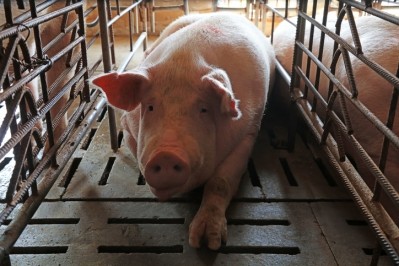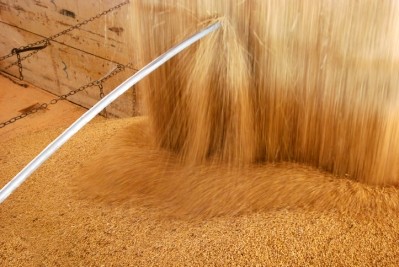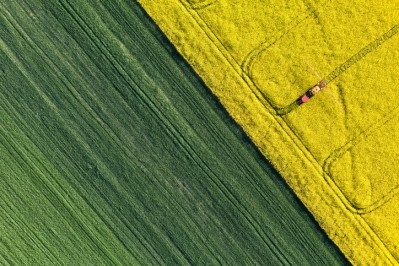Poultry, pig and cattle numbers expand in South Korea, surge in China’s soybean imports, AI detected at Japanese layer producer

The 2020/21 compound feed production forecast for South Korea is at around 21.2 MMT, according to a USDA GAINS report.
“This record volume is driven by solid growth in all animal inventories.”
High animal inventory levels are, of course, contingent on the absence of any major pandemic diseases such as Avian Influenza and African Swine Fever (ASF) in South Korea this year, according to the USDA attaché.
Feed corn is expected to be the major ingredient used in compound feed in this market, accounting for more than 46% of total ingredients, or 9.7 MMT, with feed wheat remaining at 1.3 MMT, as per the report.
MY 2019/20 compound feed production for South Korea is estimated to have expanded 2.6% over the previous year to reach a record of about 21 MMT based on actual compound feed production for the first 11 months last year.
This increase reflects a constant growth of inventories across all animal sectors from the previous year, as poultry numbers grew 1.5%, cattle numbers rose 2.8%, and swine numbers were up 2.3%, noted the US agency report.
“Swine numbers rose despite an outbreak of ASF during October 2020 in domestic swine, because the outbreak has so far been effectively contained in the demilitarized zone (DMZ) (border) region.”
Surge in China’s soybean imports
China's soybean imports last month rose 41% on the year as the country's recovery from ASF fever supported demand for the animal feed ingredient, according to data from China’s General Administration of Customs.
China imported 8.69m tons of soybeans in October, which was 2.51m tons more than that purchased in the same month in 2019, as per that data.
Chinese soy crushers booked Brazilian beans earlier on good margins and as more US beans started to flow in, reported Reuters, citing the Chinese customs information.
Although feed production and soybean crush in China are projected to continue growing in MY20/21 to meet mounting demand from the swine and poultry sectors, an expected drawdown in stocks will constrain imports, projected the USDA in an outlook piece.
Pathogenic AI strain detected at Japanese layer farm
Meanwhile, the US agency also reported that, on November 5, Japan’s Ministry of Agriculture, Forestry and Fisheries (MAFF) announced that highly pathogenic avian influenza (HPAI) had been detected in a layer operation in Kagawa prefecture the day prior.
The farm in question is to undergo cleaning and disinfection, with around 330,000 laying birds to be culled.
The incident marks the first detection of HPAI in the Japanese commercial poultry population since January 2018 when HPAI was identified on another commercial farm in the Kagawa Prefecture. That detection resulted in the cull of 90,000 birds.
In 2019, Kagawa prefecture accounted for 3% of Japan’s layer population and 2% of the broiler population.
Japan’s total chicken population is estimated at 323 million - 138 million broilers and 185 million layers. Domestic production accounts for around 62% of the country’s chicken supply with the remaining 38% comprised of imports, primarily from Brazil and Thailand.
Thailand imposes ban on pesticide residues in food imports
On November 2, Thailand's Ministry of Public Health published the Notification on Food Containing Pesticide Residues in the Royal Gazette banning paraquat and chlorpyrifos residues on imported food products, noted the US agency.
The maximum residue limits (MRLs) of paraquat and chlorpyrifos will be zero on all products starting on June 1, 2021. The notification stated that a Limit of Detection (LOD) will be used to determine the presence of paraquat and chlorpyrifos residues on import food products.
The ban, said the USDA authors, will affect several domestic industries as Thailand relies, almost entirely, on the import of wheat grains, soybeans, and soybean meal.
Thai soy and wheat importers, though, have been working with their suppliers to obtain non-detectable certificates that comply with the LOD levels. Many suppliers in the US, accounting for around 40% of total Thai wheat and soybean imports, can issue these non-detectable certificates, said the USDA.








